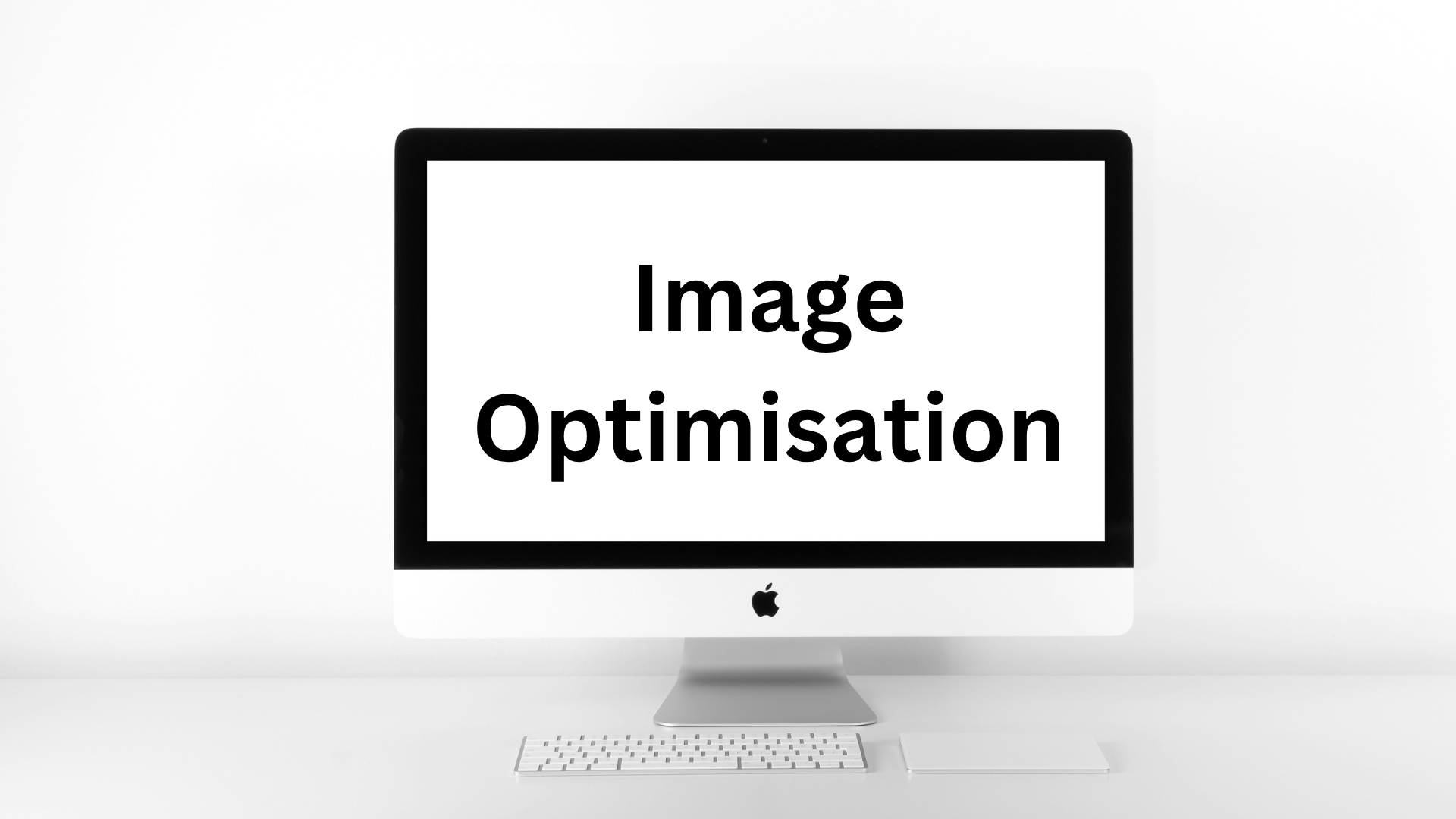If you’re a small business owner trying to get your website onto Google’s first page, you might be focusing on keywords and content and rightly so.
But one critical SEO factor often overlooked is image optimisation.
Surprisingly, your website’s images can make or break your ranking potential. Before you upload your next product photo, take a moment to optimise it properly.
Many people simply run images through design tools like Canva and upload them without considering the SEO impact. While Canva helps you create beautiful visuals, there is much more behind the scenes that can give you an edge in Google’s search results.
Why Image Optimisation Matters for SEO
Images influence your website’s load speed, user experience, and visibility on Google Images, all important ranking factors.
Large unoptimised images slow down your site, frustrating visitors and increasing bounce rates. Google’s algorithms notice this and could rank your pages lower as a result.
Optimised images, on the other hand, help your pages load faster, improve accessibility, and increase the chances of your visuals appearing in Google Images searches. This can drive additional organic traffic to your site, especially for product-based businesses.
Three Essential Image Optimisation Steps Before Uploading
Here are three key actions you should take before uploading any image to your website, especially on platforms like Shopify:
1. Rename Your Image File With Descriptive Keyword
The default file names from cameras or phones, like IMG_1234, tell Google nothing about your image. Instead, rename files to reflect the product or content in the photo. For example, if you’re selling black Nike trainers, name the file something like “Nike Black Trainers.jpg.”
This simple step helps Google understand what the image is about, increasing the likelihood it appears in relevant image searches. It also enhances the overall SEO of your page by reinforcing your keywords naturally.
2. Compress Your Images to Improve Site Speed
Large image files can severely slow down your website, especially on mobile devices. Use compression tools like TinyImage or TinyJPG to reduce file size while maintaining visual quality. Saving images in JPEG format is usually best for photographs because it balances quality and size efficiently.
Faster-loading pages improve user experience and meet Google’s Core Web Vitals
requirements, which directly impact search rankings. Compression also reduces bandwidth use, which can lower hosting costs.
3. Add Descriptive Alt Text for Accessibility and SEO
Alt text is a hidden description of an image that appears if the image cannot load and helps screen readers interpret content for visually impaired users. On Shopify, you can add alt text by clicking on an image in your product editor and filling in the alt text field.
Write alt text that clearly describes what the image shows, including relevant keywords naturally. For example, “Pair of Nike black trainers on a white background.” This boosts your SEO by telling Google what the image represents and makes your site more accessible.
The Impact of Image Optimisation on Your Business
By following these three steps, renaming files, compressing images, and adding alt text — you not only enhance your website’s technical SEO but also provide a better experience for visitors.
Your site will load faster, rank higher in search results, and be more discoverable through Google Images.
For small business owners, this means more organic traffic, improved engagement, and ultimately, increased sales. It is a straightforward, low-cost tactic that can have a significant impact without needing complex SEO knowledge or expensive tools.
Don’t wait until your website traffic stagnates to optimise your images. Start by auditing your current product photos and updating their filenames and alt texts. Next, run your images through a compression tool before uploading any new ones.
Small adjustments can make a big difference. As Google continues to evolve, paying attention to every detail, including images, will help your business stay competitive and grow.

